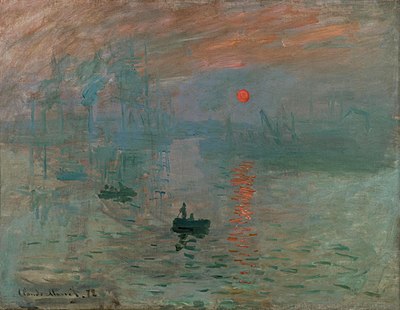
COPLAND Appalachian Spring
performed by New York Classical Players
JESSIE MONTGOMERY Starburst
performed by Kaleidoscope Chamber Orchestra
BONUS: Hear the composer, herself, talk about the piece!
VIVALDI The Four Seasons
performed by Mutter Virtuosi Ensemble
Welcome to the first Listening Club guide! This guide is designed to help you listen to this weekend’s performance with a fresh set of ears. I hope that it will help you hear the incredible array of unique colors that the orchestra can create. One more thing: I highly recommend reading this just before watching the performance so that these ideas are fresh in your mind. Without further ado, I hope you enjoy the performance.
– Jonathan Borden
“Talking about music is like dancing about architecture” – Frank Zappa
While teaching private lessons, I’ve often caught myself relying heavily upon metaphors to help communicate some musical idea I have:
“Feel the gravity of this note”
“Let the music breathe”
“What color are you creating with this music?”
Taken literally, none of the above statements make any sense. Music is not a person that breathes, nor do notes have their own gravitational fields. What could I possibly mean, then?

Claude Monet – Impression, Sunrise
Let’s use color as an example. In painting, color is a critical component. Artists carefully craft their color palette to subtly influence the way we perceive a painting. Check out this painting – you’ll see what I mean.
This painting depicts a port in the French city of Le Havre. Focus on the color choices that Monet made and make some observations about them. Are the colors mostly bright or dark in hue? Do they seem to “fit” together or do they clash? Which colors catch your eye, and why?
To my eye, a grey permeates every color in this painting. Both the sky and the water share a pale green, blurring the distinction between them. The dense, dark orange of the sun stands out among the more faded colors, and I particularly enjoy the colors used to depict the sun’s reflection in the water.
Now for a little experiment. I’ve created four musical examples below – each one contains a chord. In music, we call a group of notes that are played at the same time a chord. Listen to each chord and choose the one that you think most closely resembles the colors in Monet’s painting.
How did you make your decision? You can take this exercise one step further: can you imagine a color for each of the chords? Composers combine notes together much like artists combine colors to create new colors – certain notes blend together better than others, and the amount of possible combinations is limitless. Just like how the color palette of an image can communicate a unique feeling to the viewer, the chords used by a composer become more than mere combinations of notes.
While you listen to music, pay close attention to the musical “colors” that you’re hearing. Music, like art, rarely adheres to a single color. Instead, composers know how to effectively swap colors over the course of a composition. These are significant moments in music, just like the significance of the burnt orange sun in Monet’s painting.
One of the greatest things about this week’s concert is that each composer uses wildly different colors in their music. In the opening few minutes of Appalachian Spring, Aaron Copland, a great mid-20th century American composer, has two chords playing simultaneously, which reminds me of colors you’d see while wandering through an empty forest, with sunlight just peeking past the canopy.
Jessie Montgomery’s Starburst is something quite different. I can’t help but be influenced by the title – I can only imagine what colors you would see when witnessing an event like a supernova (plus, imagine all the colors you couldn’t see because of the human eye’s narrow range of perceptible wavelengths!)
Lastly, Vivaldi’s Four Seasons is by far the oldest music by a good 300 years, but that doesn’t mean it lacks in color. The subject matter of the music is a helpful guide in listening for the colors in this music – notice how Vivaldi captures the darkness of winter and the joyousness of spring through his music.
Discussion Questions
- Which chord matched the Monet painting in the exercise above. Why did you pick that chord, or conversely, why didn’t you pick the other chords?
- Have you ever imagined a certain color while listening to music? Share an example and why that color matches the music.
- Can you think of an example of music that is black and white? Think of black and white photography – how would that be represented in music?